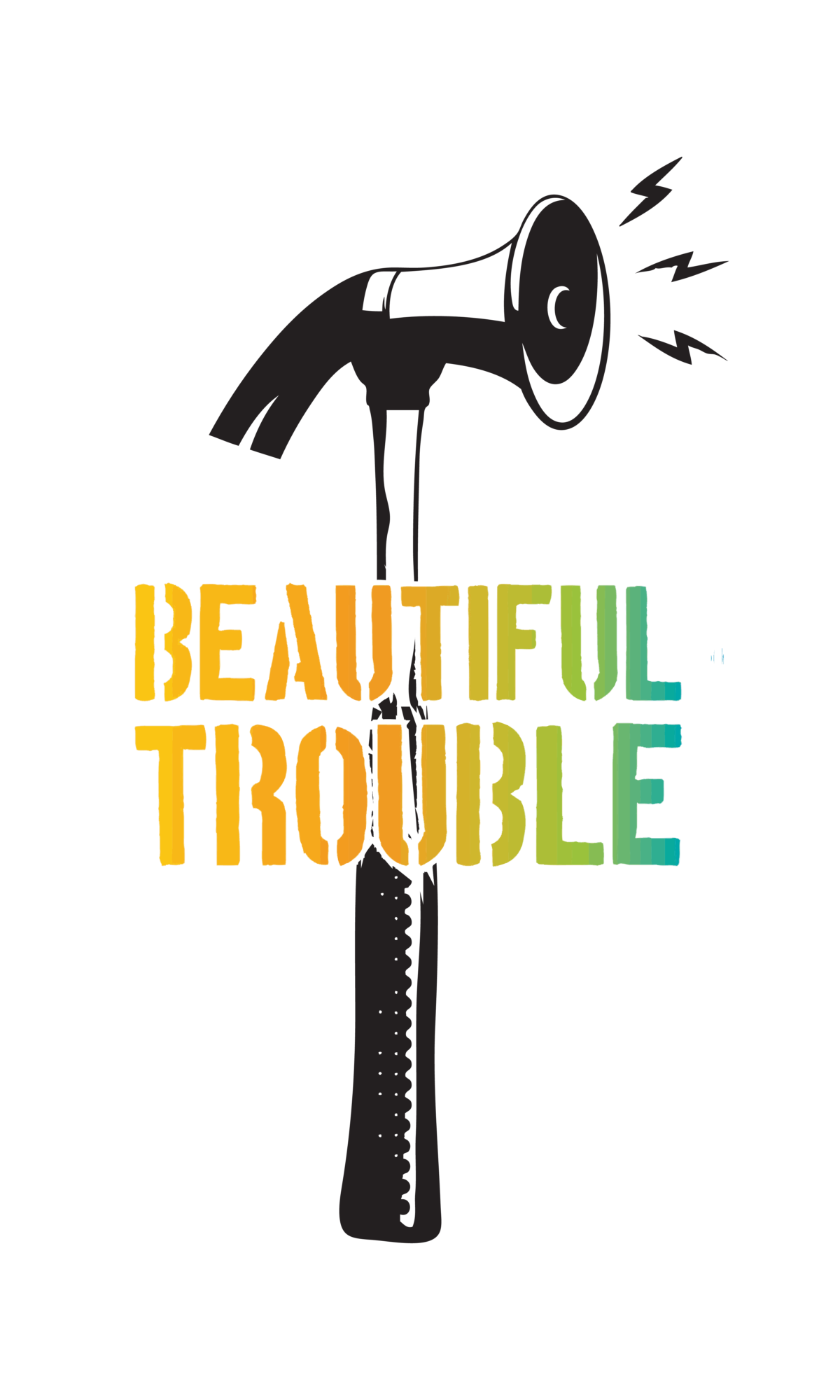Nadine Bloch and Andrew Boyd
The blending of art and protest is nothing new: tactical pranks go back at least as far as the Trojan Horse. Fools, clowns, and carnivals have always played a subversive role, while art, culture, and creative protest have for centuries served as fuel and foundation for successful social movements.
Contemporary global campaigns, such as Black Lives Matter (advocating for racial equity and justice) and Extinction Rebellion (reckoning with the climate emergency), are taking protest to another level. Creativity and possibilities for reframing social action are amplified by internet connection and fed by the urgency of multiple existence-level crises. From memes and virtual sit-ins to media pranks and viral campaigns, the need to mobilize and the will to do so have increased exponentially.
The Beautiful Trouble toolbox is a direct response to these social movements, and one that is designed to evolve in tandem with their needs. Assembled collaboratively in 2011 by more than seventy artists and activists, the toolbox lays out the core tactics, principles, and theoretical concepts that drive creative activism, providing analytical tools by which change makers can learn from their own successes and failures.
Creative activism offers no one-size-fits-all solution, and neither does the Beautiful Trouble toolbox. It’s less a cookbook than a pattern language—a network of patterns that call upon one another, each providing a timeless solution to a recurring design problem, according to architect Christopher Alexander, originator of the concept.[1] Rather than dictating a strict course of action, the Beautiful Trouble toolbox offers a matrix of flexible, interlinked tools that practitioners can pick and choose among and apply in unique ways, varying with each situation they may face.
Millions around the world have awoken not only to the need to take action against deepening inequality and ecological devastation, but also to our own creative power to do so. The Beautiful Trouble toolbox can help. Please use it.










